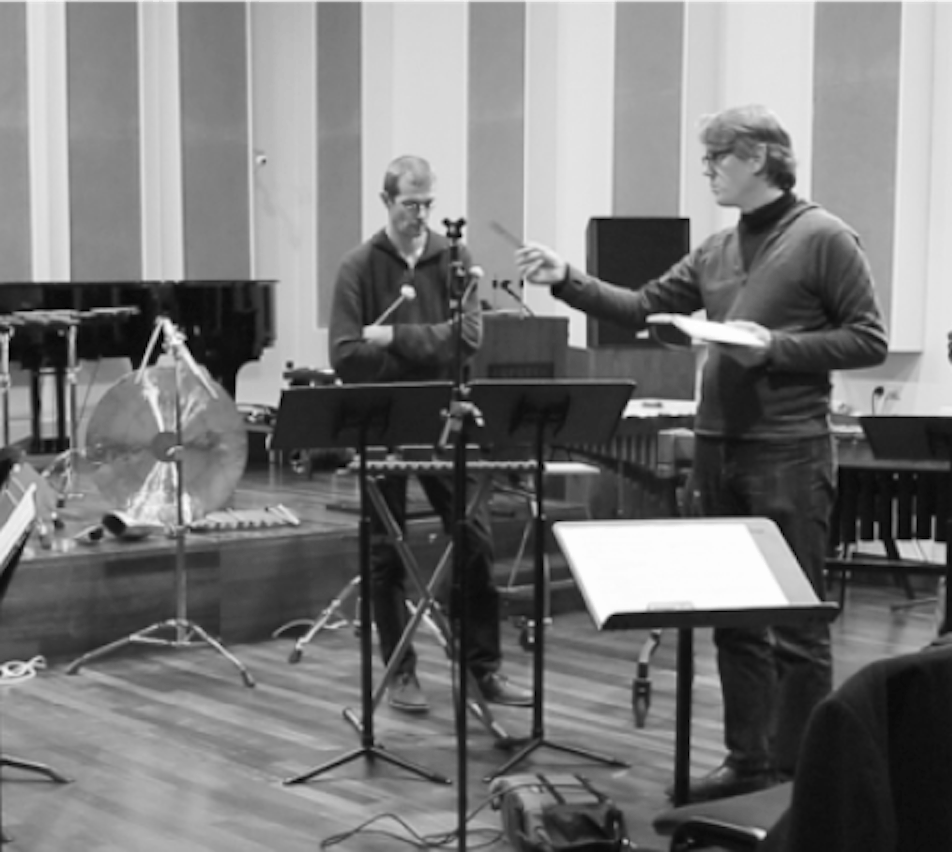

Adilia Yip
| Keywords: | performance practice, marimba, percussion, ethnic music, west africa balafon |
| Duration: | 2011-2018 |
| Period: | 21st century music |
| Musician type: | percussion |
| Host institution: | Antwerp University |
| Keywords: | performance practice, marimba, percussion, ethnic music, west africa balafon |
| Duration: | 2011-2018 |
| Period: | 21st century music |
| Musician type: | percussion |
| Host institution: | Antwerp University |
An overview of the marimba repertoire and technique already points to the importance of this intersection. Invented in c. 1918, the marimba is a percussion instrument that was inspired by three possible ethnic origins—Africa, Guatemala and Indonesia. Over time, composers have made works to adapt the African elements in Western classical percussion. Reich (1971) and Schmitt (1999) have researched into African music theory; Henderickx (2003) have provoked collaborations with African musicians; Boulez (1957) has adopted African xylophone’s sonority in Le marteau sans maître. However, rarely a work concerns the performer's dimension of the ethnic practice as a subject—the embodied experience of a performer. One recent important phenomenon is that creativity has shifted towards a multi-sensory listening experience for the audience; for instance, theatrical body gestures have become part of the music score. Musicians started to question the embodied practices of playing an instrument, but such a potential remained unexplored for the marimba repertoire. Among early examples is Cage's radical interventions into what a performer could do with his/her expertise with sound and silence—the composition 4'33” (1952). A recent example is the performance of Ceci n’est pas un piano by pianist and artist-researcher Laws (2013). Using self-written text, objects and theatrical gestures, Laws projects the relationship between herself and the instrument. Interestingly, the music practice of the ethnic origins of the marimba offers a thought- provoking access to question and enrich the embodied practice of the marimba performer. For instance, movement imitation is an embodied communication method in ethnic oral tradition. This brings us to the next domain of investigation: the West African pentatonic balafon. Kilian (2009) and Charry (2000) have described the instrument, the musical theory and the music culture, but the embodied performance experience of the balafon musicians remains undisclosed.
Therefore, there are two fundamental questions in this research project: What is the different performance practice in the West African balafon music—a music that pertains to oral tradition? Can and how can these findings enrich the marimba musician and repertoire?
Prof. dr. Kathleen Coessens (promotor) en Prof. dr. Henk de Smaele (promotor)